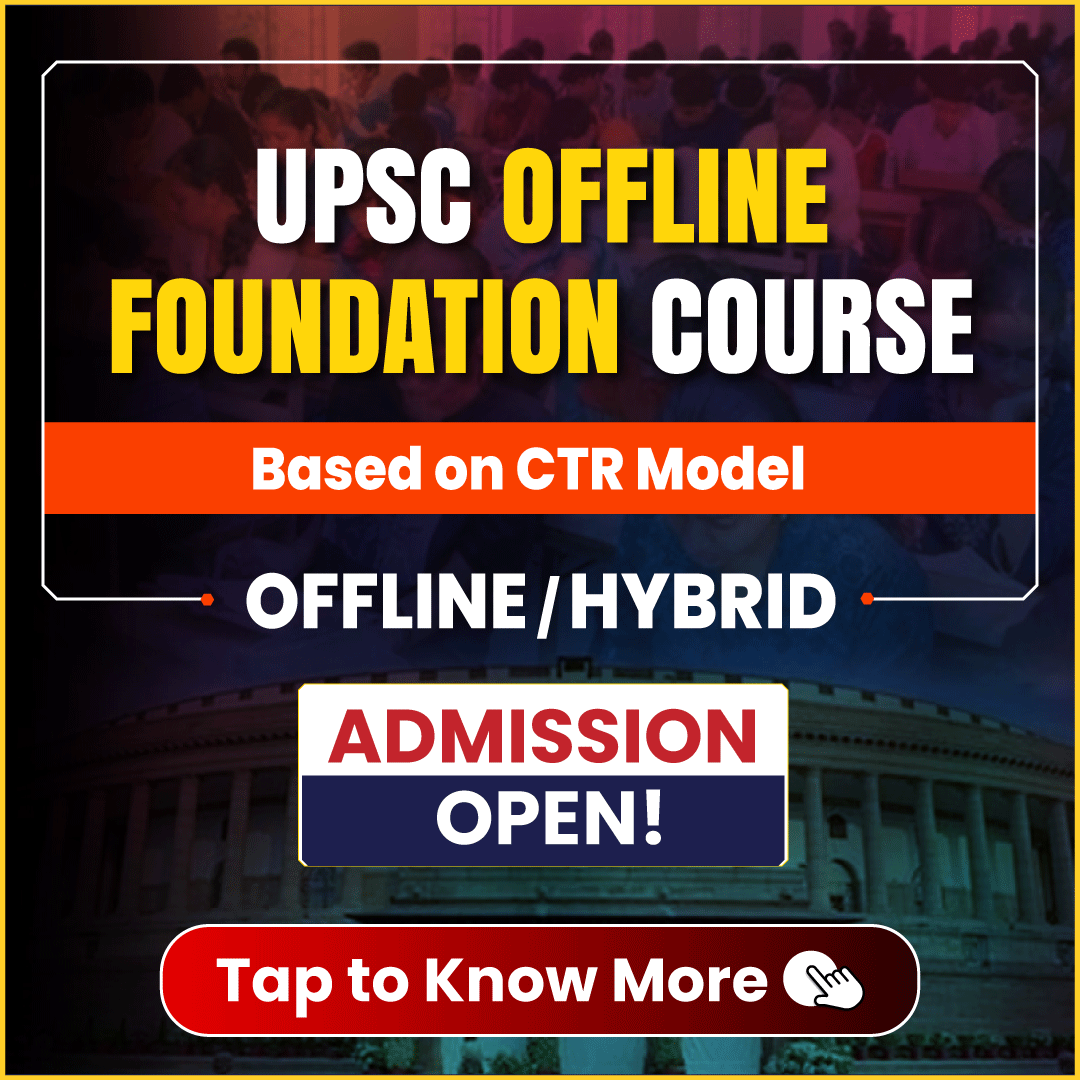Recently, the Supreme Court’s 7-judge bench, by a 4:3 majority, overruled the 1967 S. Azeez Basha judgement and left the issue of Aligarh Muslim University’s minority status under Article 30 to be decided by a regular bench.
| Note: Article 30 of the Constitution guarantees minorities the right to establish and administer their educational institutions. |
|---|
Where the AMU Judgments Fell Short
|
|---|
By overturning the 1967 Azeez Basha judgement, the Court has paved the way for AMU to potentially reclaim its minority status. The final decision will have far-reaching implications for minority educational rights and set a precedent for similar institutions across India.
| Mains Question: |
|---|
Despite being the world’s largest democracy, India lacks a globally recognized public policy institution.
To establish a world-class public policy institution in India, the following steps are essential:
By providing a platform for informed, empathetic, and non-partisan policy-making, India can build a robust policy ecosystem capable of addressing its development challenges and influencing global governance.
| Mains Question: |
|---|
Birsa Munda Jayanti, also known as Janjatiya Gaurav Divas or Tribal Pride Day, is celebrated every year on November 15 to honour the legacy of Birsa Munda.
Lessons from Tribal Values:
|
|---|
To honour tribal communities and their contributions, a series of initiatives have been launched:
Birsa Munda’s life and ideals remain a beacon of inspiration for all. His fight for tribal rights, cultural identity, and ecological balance aligns with the aspirations of modern India. Recognizing the contributions of tribal communities and fostering their development is not only a tribute to their legacy but also a step toward building a more inclusive and equitable society.
| Mains Question: |
|---|
<div class="new-fform">
</div>
